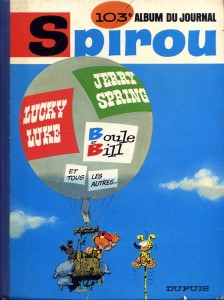
Spirou Reporter is back from vacation, so here’s a quick update on news that has happened while we’ve been away (or had missed earlier on).
Le Petit Écho de Champignac caught a mention in Journal de Spirou #3927 (17. July) that Émile Bravo has started work on a follow-up to Journal d’un ingénu. The long-rumored sequel is finally underway!
The site is also one of several sources to have picked up on another upcoming book announced on Amazon: Les couvertures des recueils du Journal de Spirou par Franquin (“Covers of the Journal de Spirou Digests by Franquin”). Scheduled for 15. November and priced at 119 EUR, this book would have to work hard to justify its price, particularly since most of the covers of these omnibus collections of the magazine have been reprinted many times, and are easily available online.
Meanwhile, InediSpirou reports that the upcoming one-shot by Schwartz & Yann has been renamed. No longer La femme-léopard (“The Leopard Woman”), it will be published under the title Le fétiche des Marolles (“The Marolles Fetish” – Marolles being a famous working-class neighborhood in Brussels). The album release is still scheduled for 11. October; a magazine serialization or at least a preview can be expected at the start of September.
Finally, Les épatantes aventures d’Émile Bravo has an 8-part photo diary (1, 2, 3, 4, 5, 6, 7, 8) of a visit to the Angoulême Spirou Expo. The photos give an extensive look at what the exhibition features, with particular focus on the original art on display (and with parts 3–7 devoted solely to Émile Bravo’s contribution).

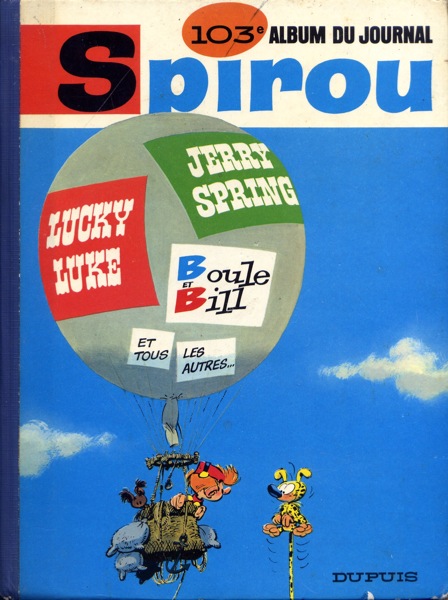

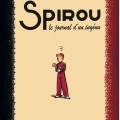
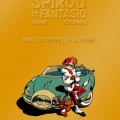
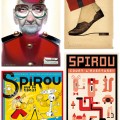
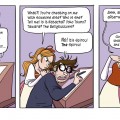

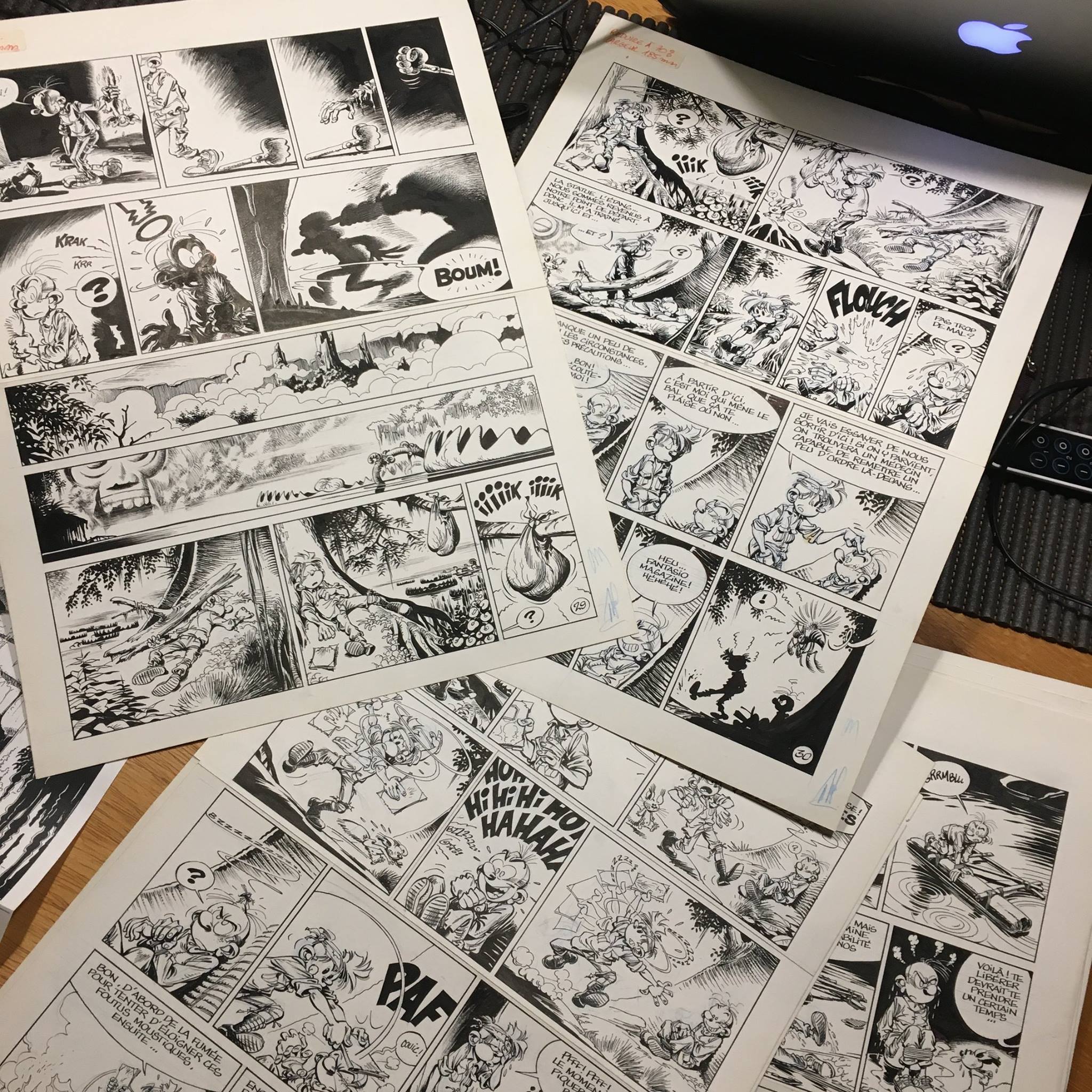
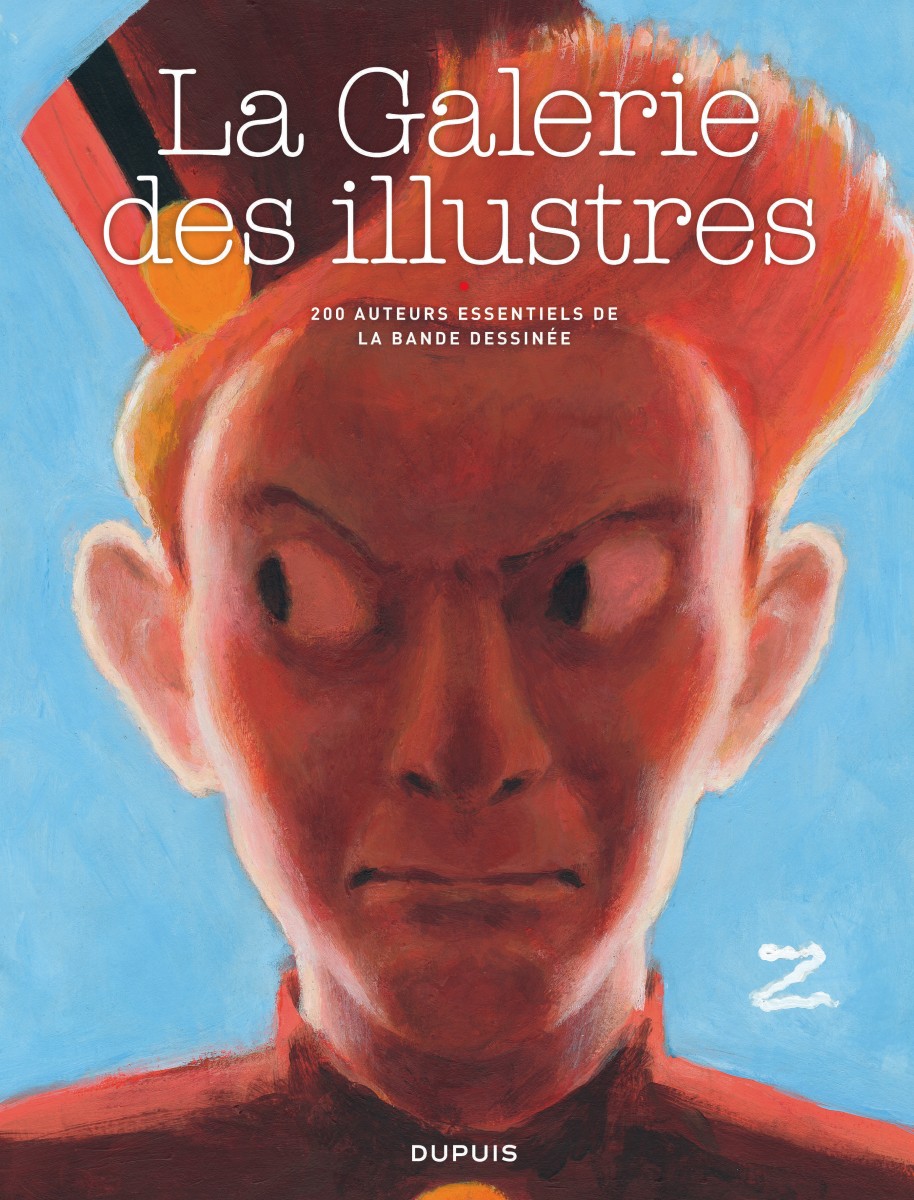
Kai Ropractor liked this on Facebook.
Trond Gulvik Larsen liked this on Facebook.
Helge Kvingedal liked this on Facebook.
Marolles is also famous as the source of the “Marols” dialect, a Flemish Dutch variety utilized heavily by Hergé as the source for most of his made-up languages and tons of country and place names in Tintin.
Hello. It seems that “The Marolles fetish” will finally be released in 2014. But instead, we’ll have on october 18th, a reprint of “Les Robinsons du rail” (1964), an illustrated adventure with Spirou, Fantasio…and Gaston !
Yeah, some changes in the upcoming publishing schedule, apparently. I’d love to have Inedispirou’s sources! The ‘Robinsons’ release date has been known for a while, though. (https://spiroureporter.net/2013/06/06/french-spirou-releases-2013)